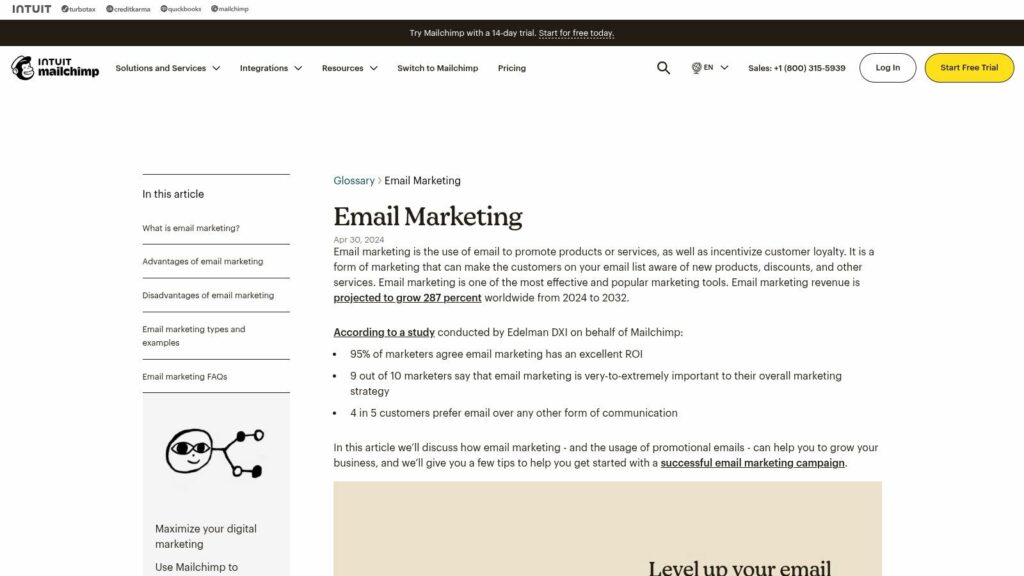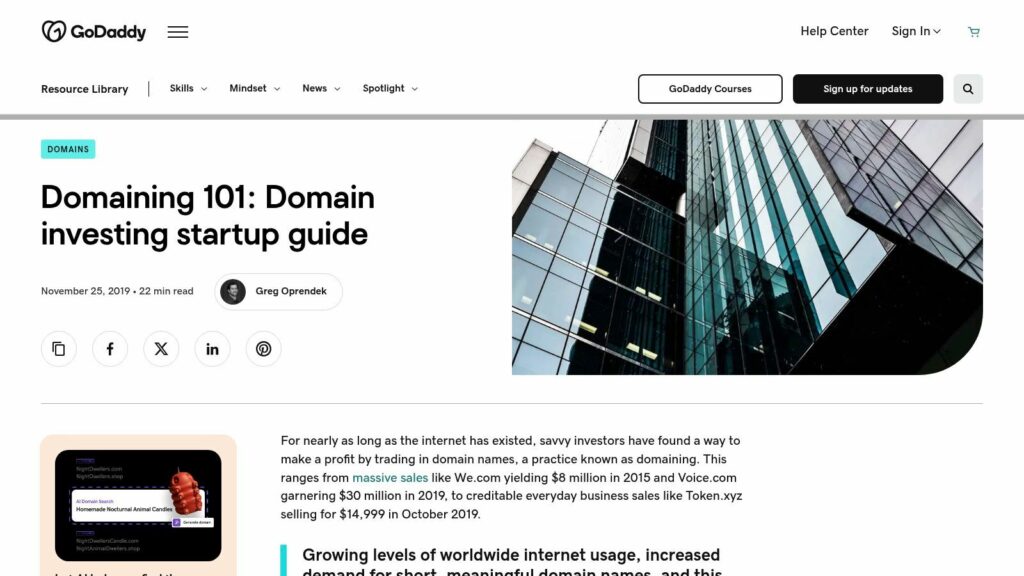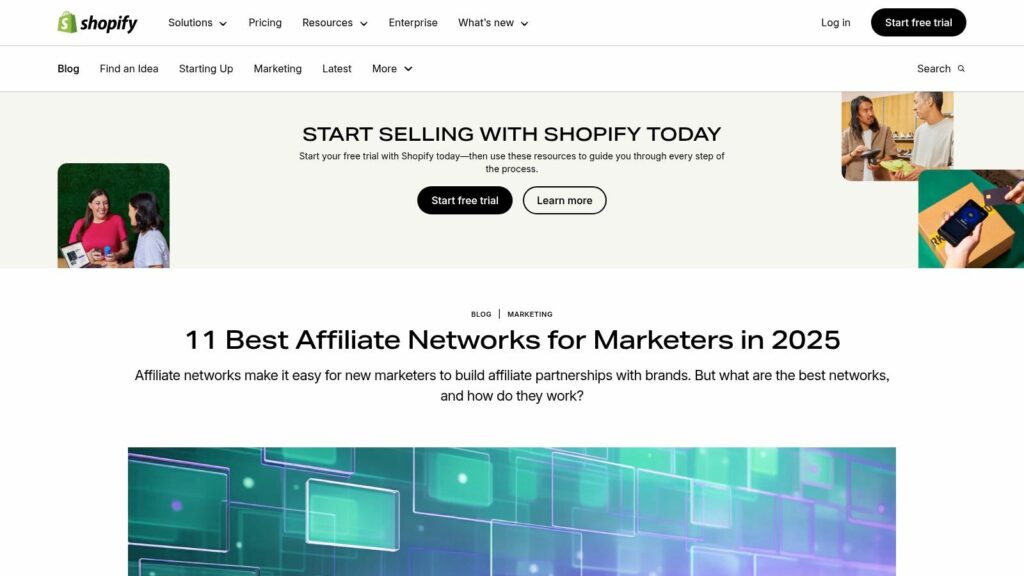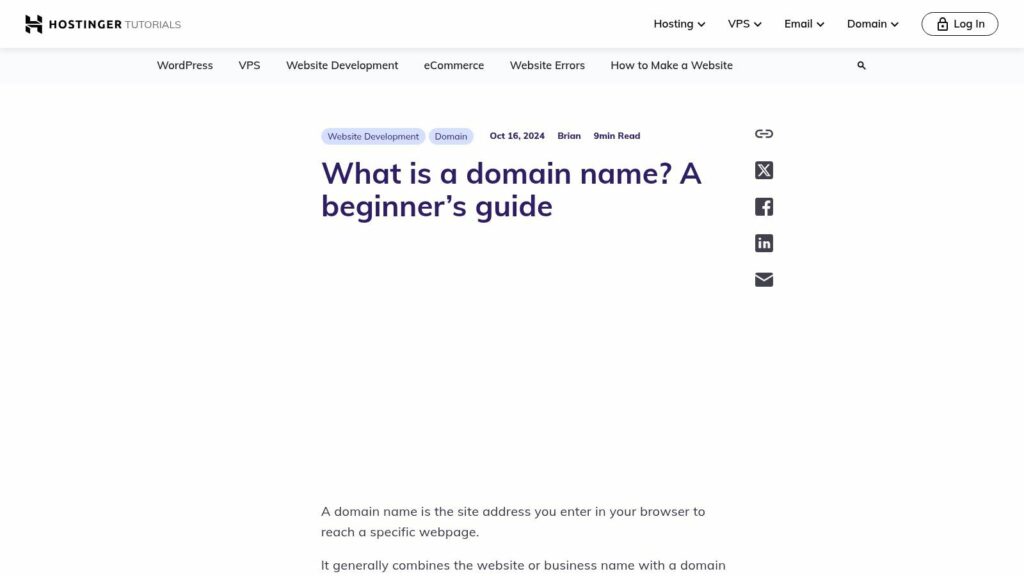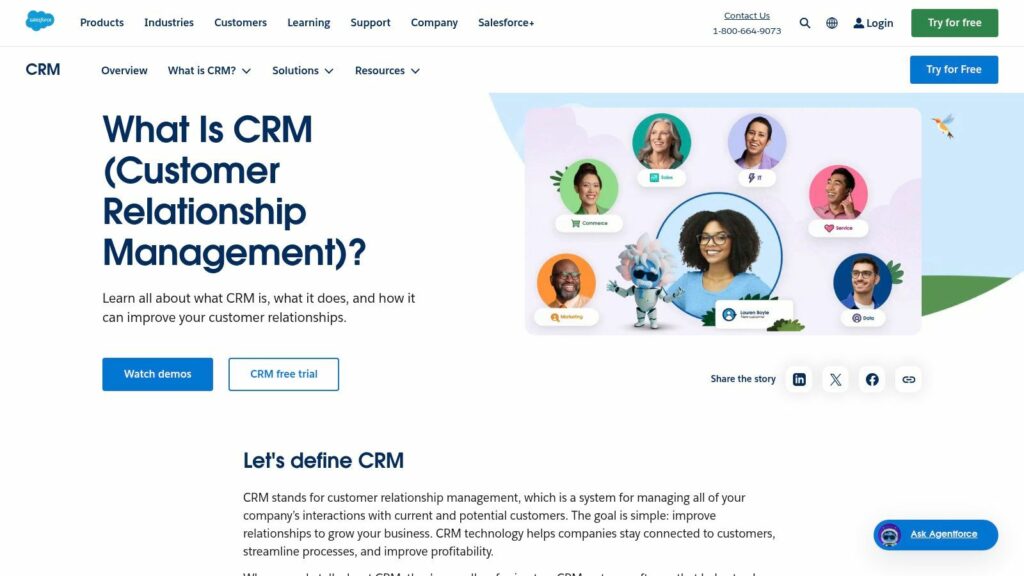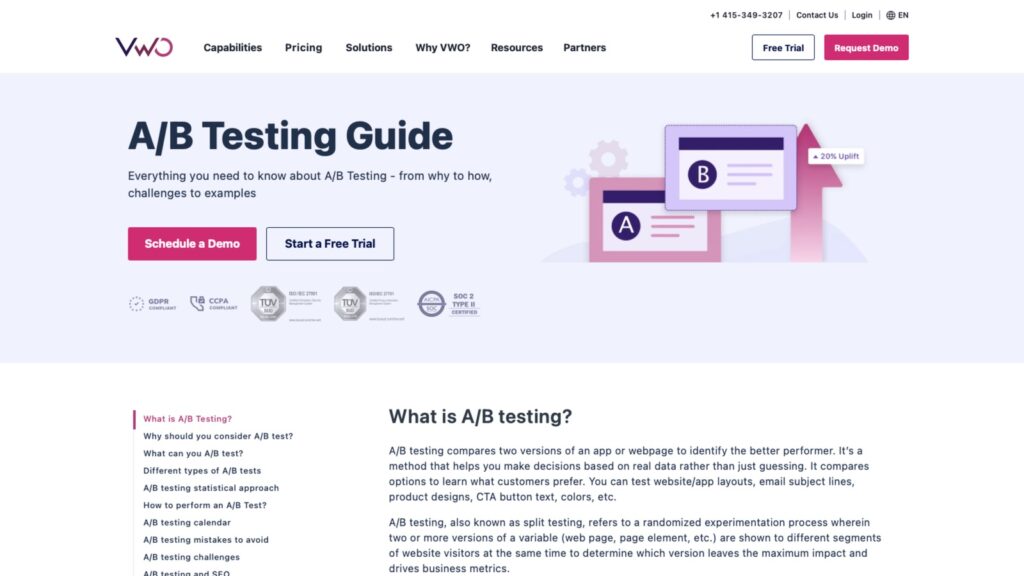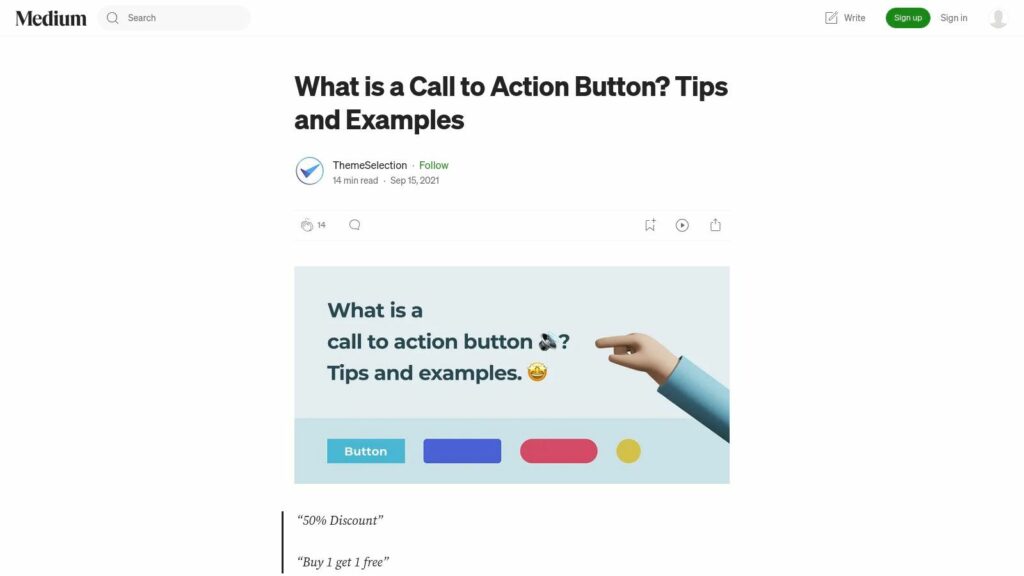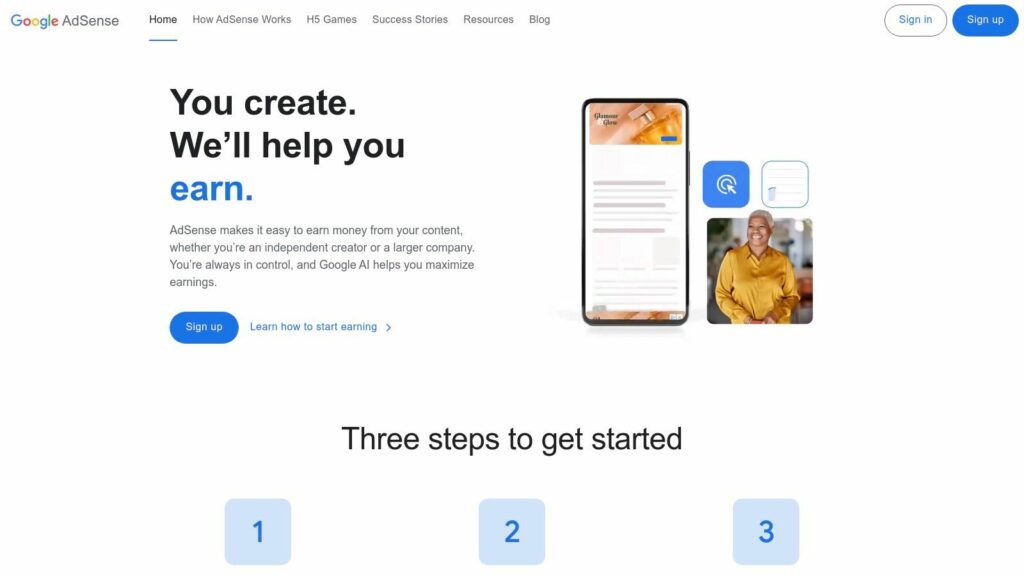Email Marketing
Email Marketing Overview:
Email marketing promotes products/services, builds customer loyalty, and informs clients on new offerings. Despite advantages like high ROI and effective audience targeting, it faces challenges like spam risks and design issues. Various email types (welcome, newsletters, promotions) serve distinct purposes, and successful list-building strategies emphasize opt-ins and legal compliance. Mailchimp offers a platform for creating email campaigns aiming for increased engagement and sales.
